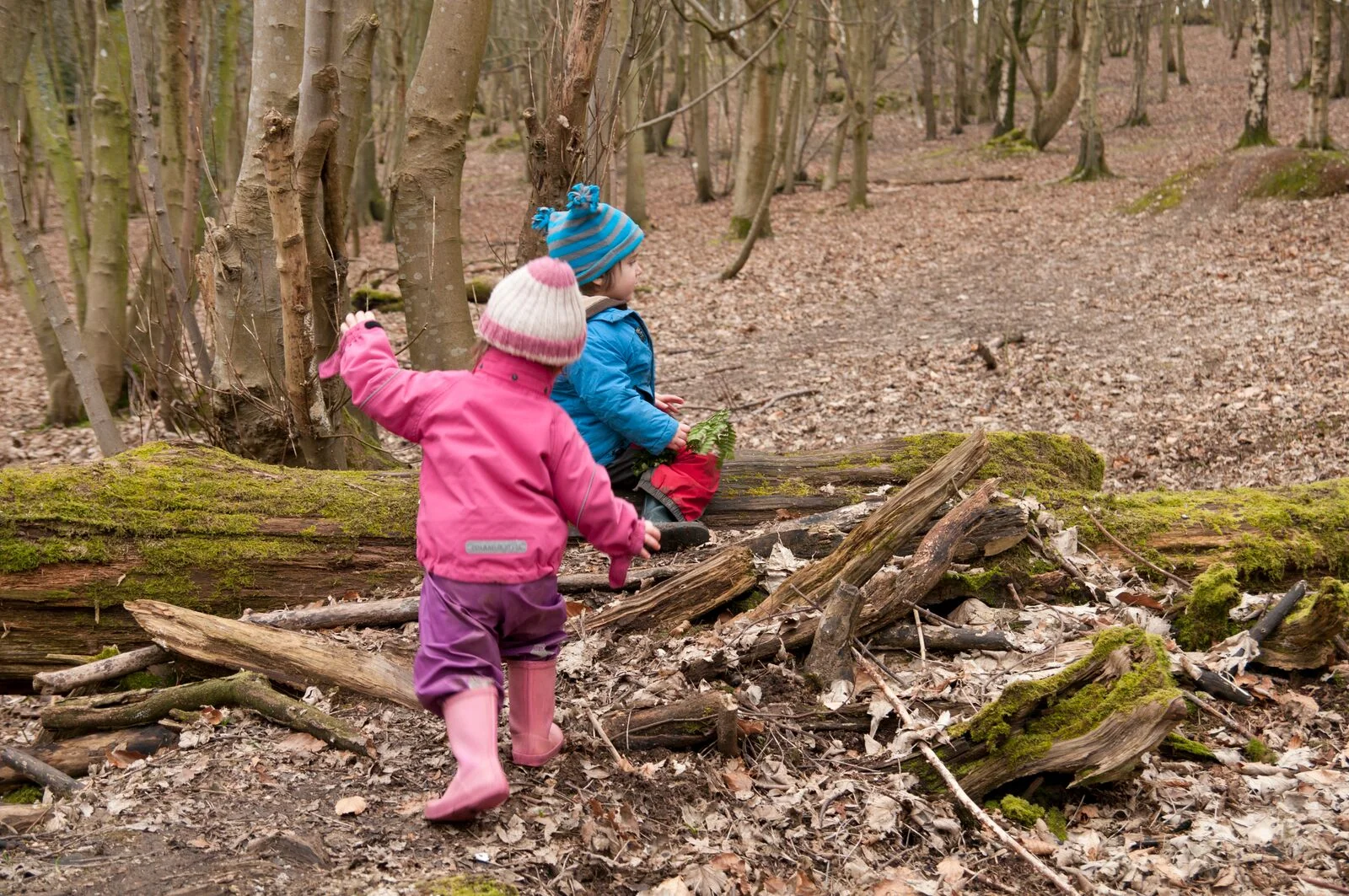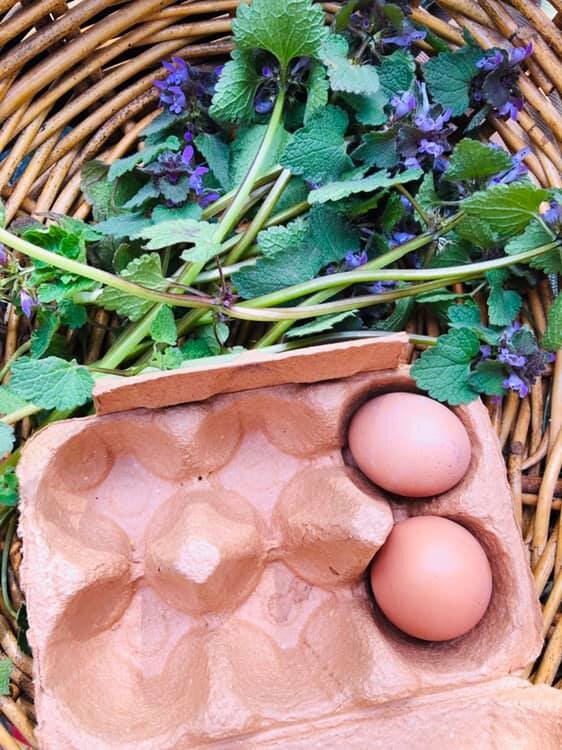Egg Blowing and Wild Omelettes
/By Mel Evans
Although we are still three weeks away from Easter, with eggs a little harder to come by at the moment, it might be prudent to start saving their shells for Easter crafting right now. What we absolutely love about this activity is that it uses part of the egg that would usually be composted and doesn’t call for plastic or polystyrene eggs.
Chickens make the best pets!
Blowing an egg is super easy. You just make a hole either end with a sharp pin. One of the holes needs to be slightly bigger so you need to chip away at it with the pin. I will be sharing ways to use your blown eggs, but if you intend to hang them make sure the bigger hole is at the top of the egg (although which is the top and which is the bottom of an egg is a subject open to debate!)
Once the holes are made you can blow the egg out of its shell. Blow through the small hole and the egg will start to drip out of the bottom. It would also be sensible if family members stuck to blowing their own eggs and once the removed egg is cooked any germs will be destroyed.
The egg shells can then be washed out, dried and stored ready for decorating.
This is a very satisfying process and lots of fun, although it does take a lot of puff!
The removed egg can be cooked however you like, but one of our favourite recipes to accompany this activity is the Stinging Nettle omelette.
The expression ‘to grasp the nettle’ comes from nettle harvesting If you pick nettles firmly they will not sting you. If in doubt, wear gloves!
Nettles are a great thing to forage in the Spring with children as they are so distinctive and recognisable, as well as rich in iron and vitamin K. Once blanched for a couple of minutes in boiling water their sting is removed and they can be added to an omelette. We often find the most veggie shy children will willingly try a cooked nettle. It’s a mystery why that is. Maybe it’s the magic of cooking on an open fire, maybe its because we involve them in the entire process of sourcing and cooking their food or maybe its just plain curiosity!











